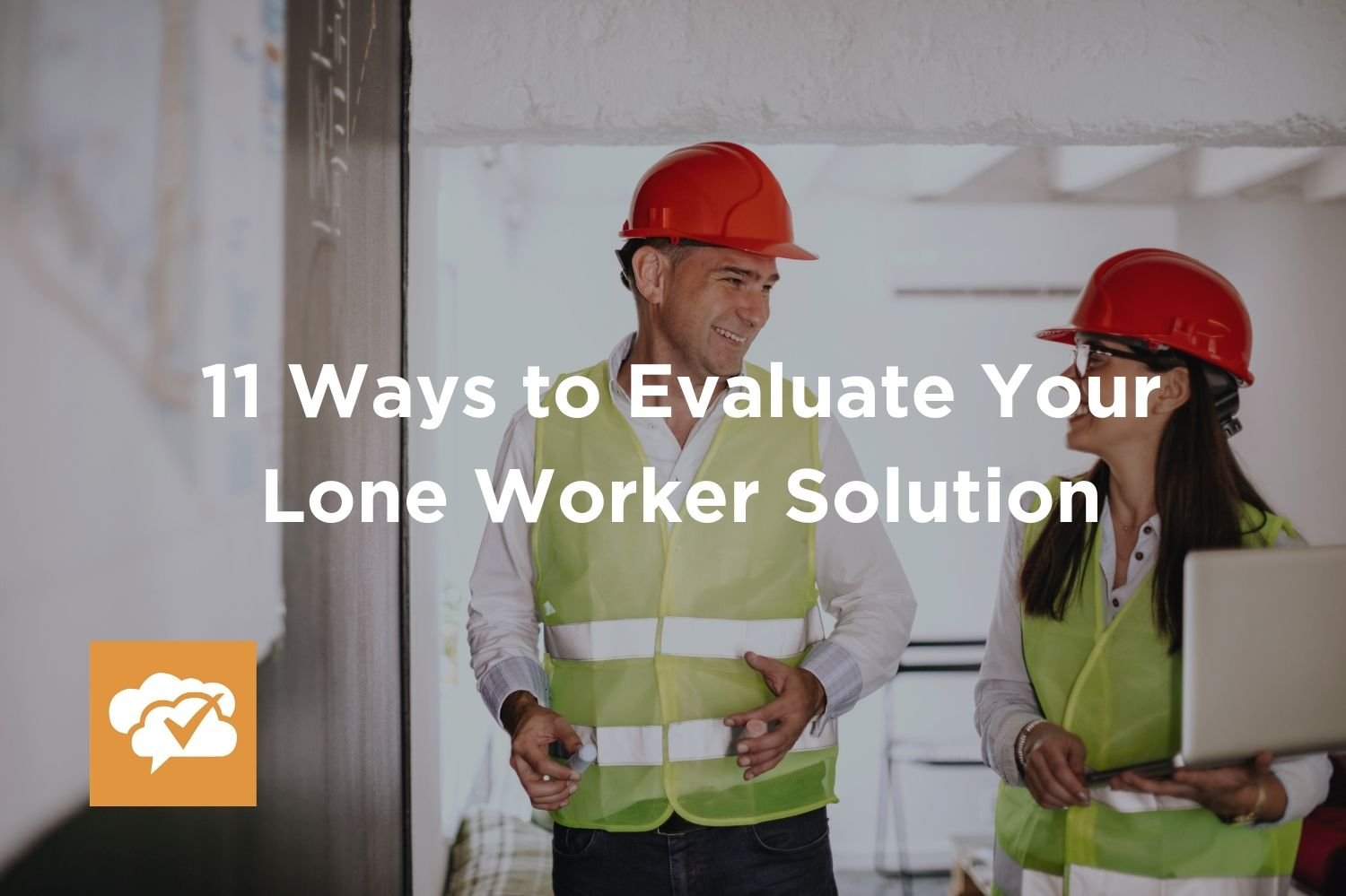SafetyLine’s Year in Review: Top Blogs of 2022
In 2022, SafetyLine published 35 original blogs and content that ranged from cardiac arrest and call centers to creating emergency action plans and conducting lone worker needs analysis – we covered a lot. Out of all the content, there were six blog articles that resonated with readers the most in 2022.
11 Ways to Evaluate Your Lone Worker Solution
When you begin to evaluate the effectiveness of your lone worker system, start with your safety policies and any other related documents and safety plans. This is an opportunity to revisit and reassess these policies, determining if they are effective or not, as well as if they need to be updated or removed completely.
Creating an Emergency Action Plan for at-Risk Employees
When a workplace experiences an emergency and its employees are in danger, how quickly and efficiently the employer responds can significantly impact the safety outcome if they can go home at the end of the day. To ensure that you can act swiftly and strategically in a workplace crisis, employers must develop an emergency action plan customized to their specific operational and safety requirements.
Why Worker Safety Check-ins are Essential
What does it mean to “check in” with someone? It can be checking in with an elderly relative or a friend or coworker you haven’t spoken to for a while. Within a workplace and occupational safety context, checking in includes the employee checking in with their employer to confirm their safety – and vice versa. The primary objective of a worker check-in system is to verify the safety and well-being of the employee. It is a fast-but-effective step that can confirm their safety and communicate other information necessary for the employee’s welfare and security.
Conducting a Lone Worker Needs Analysis
When performing your lone worker needs analysis, the goal is to take a holistic approach to these people’s safety. By assessing and identifying all of the safety hazards and developing safety measures to mitigate those hazards, according to local OHS legislation, the employer can create an effective lone worker safety program.
Work Alone Call Centers vs. Automated Work Alone Solutions: The Pros and Cons
When a worker is experiencing an emergency, they need someone they can reliably contact to get immediate help. One strategy to address this issue is by creating internal call centers to monitor vulnerable and lone workers. What are a high-functioning and collaborative team, the call center is funded by the company budget or employed by company staff. What makes this team unique is that its primary and direct objective is worker safety. As you will read further, a call center has benefits but also challenges, making it a safety strategy for unique circumstances.
Cardiac Arrest in the Workplace: What You Need to Know
Workers are particularly vulnerable to heart disease, stroke, and other cardiovascular issues that these people could experience while at work. According to Heart & Stroke, the risk of heart disease and related medical emergencies like cardiac arrest, stroke, and heart attacks can be reduced by focusing on three key areas that will improve the cardiovascular health of your employees.






